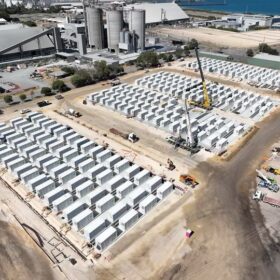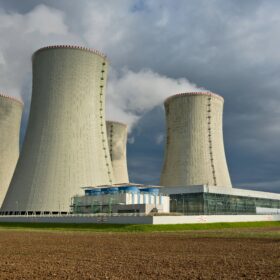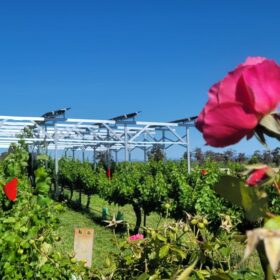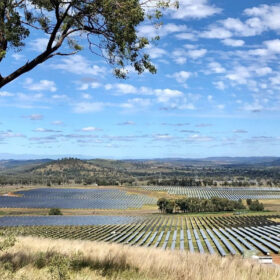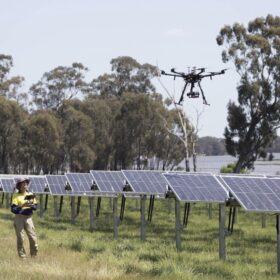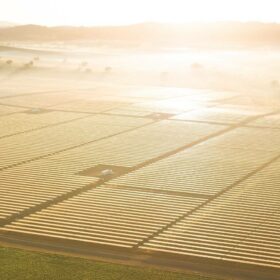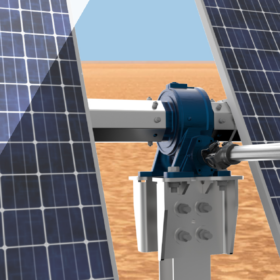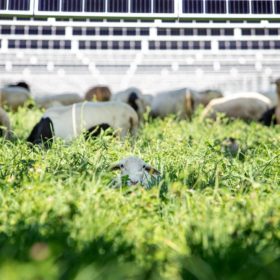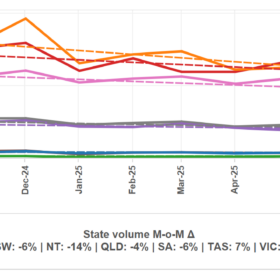XNO ultra-fast charging technology aims to decarbonise mining sector vehicles
West Australian-based industrial battery company Switch Technologies has unveiled in Perth what it describes as the world’s first operational vehicle powered by Echion Technologies’ ultra-fast charging XNO technology.
Battery storage key to nailing renewable energy target of 82% by 2030: report
Doubts about Australia’s ability to power the National Electricity Market with 82% renewable energy by 2030, have been put to bed by a new report issued from Climate Energy Finance, citing among positive contributors to acceleration, off-the-charts battery storage growth.
More coal and gas, less renewables: what a nuclear power plan for Australia would really mean
Opposition Leader Peter Dutton’s plan for nuclear power in Australia has provoked a great deal of discussion and analysis – most of it critical, writes John Quiggin, a Professor of Economics at the University of Queensland.
Electric vehicle uptake dependent on grid and charging infrastructure investment
The Electric Vehicle Council’s State of EVs report says investment in grid infrastructure and smart charging technology are key to the successful rollout of electric vehicles, where sales are forecast to rise 15-19% in 2026.
20 kW university vineyard agrisolar array tests crop yield and panel efficiency
Victoria-based renewables company Greenwood has answered the call from the University of Melbourne to install 48 solar panels at its Dookie Campus’ working vineyard, to aid research into the impact of deploying agrivoltaics on crop yield.
Lightsource bp bumps capacity of nation’s clean projects starting construction over 8 GW
Lightsource bp has started construction of its million panel Goulburn River hybrid project in NSW and Woolooga battery energy storage system in Queensland, simultaneously bumping the nation’s renewables capacity starting construction over the 8 GW line.
Lithium battery recycling study awarded share in $1 million electrification grant
The New South Wales Electrification and Energy Systems Network has awarded over $1 million in seed funding for groundbreaking projects focused on reducing carbon emissions through electrification.
Solar panel degradation under watchful eye of UNSW researchers
Daylight photoluminescence images of crystalline silicon solar panels in utility-scale arrays have been found by researchers to contain unique information about voltage variations between panels, including from degradation.
Energy generation dominated by renewables in a nuclear future: report
The Opposition has released its nuclear energy plan modelling concluding nuclear power is up to 44% cheaper than current government scenarious but assumes renewable generation would continue to dominate in the future alongside it.
PV Hardware’s new solar tracker withstands winds up to 238 km/h
Spain-headquartered solar tracker company PV Hardware has developed a tracker product able to withstand severe cyclonic winds up to 238 km/h, as well as a fixed tilt system which can withstand winds up to 288 km/h.


